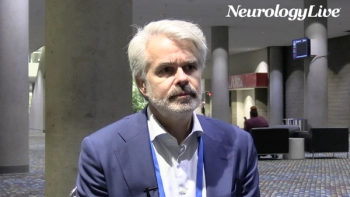
Neuro News Roundup: TBI Neuroimaging
Recent neurological studies outline a link between TBI and Parkinson disease, discuss neuroimaging to predict recovery, and warn against DIY tDCS.
Three new neurological studies outline the association of traumatic brain injury with Parkinson disease, the potential of neuroimaging in brain injuries, and the dangers of “do-it-yourself” brain stimulation. Traumatic brain injury (TBI) that involves loss of consciousness has been linked with later onset of Parkinson disease, but not to the development of Alzheimer disease later in life. Neuroimaging may be able to predict which patients recover after a mild TBI. "Do-it-yourself" transcranial direct current stimulation (tDCS) is dangerous and should be avoided outside of clinical trials.
Newsletter
Keep your finger on the pulse of neurology—subscribe to NeurologyLive for expert interviews, new data, and breakthrough treatment updates.































